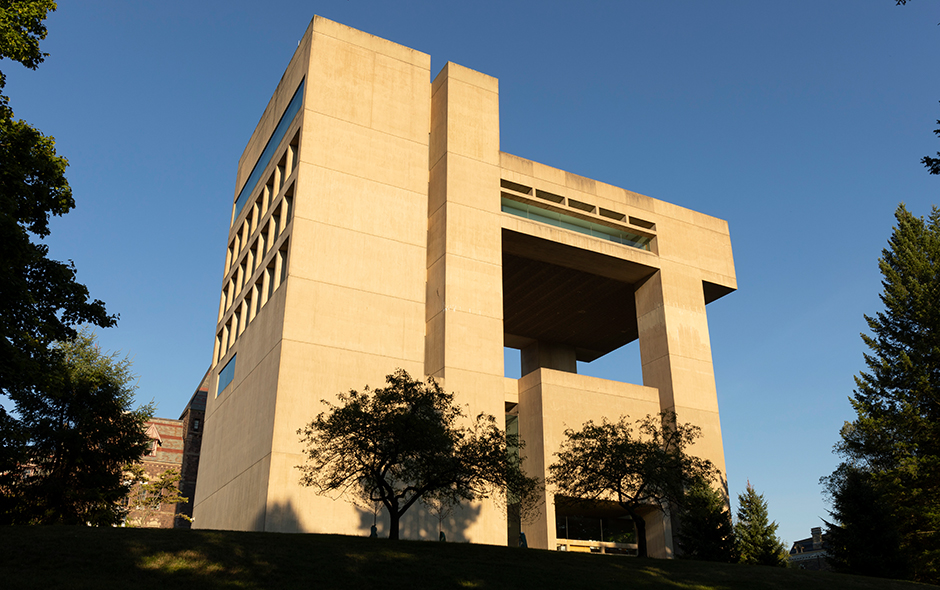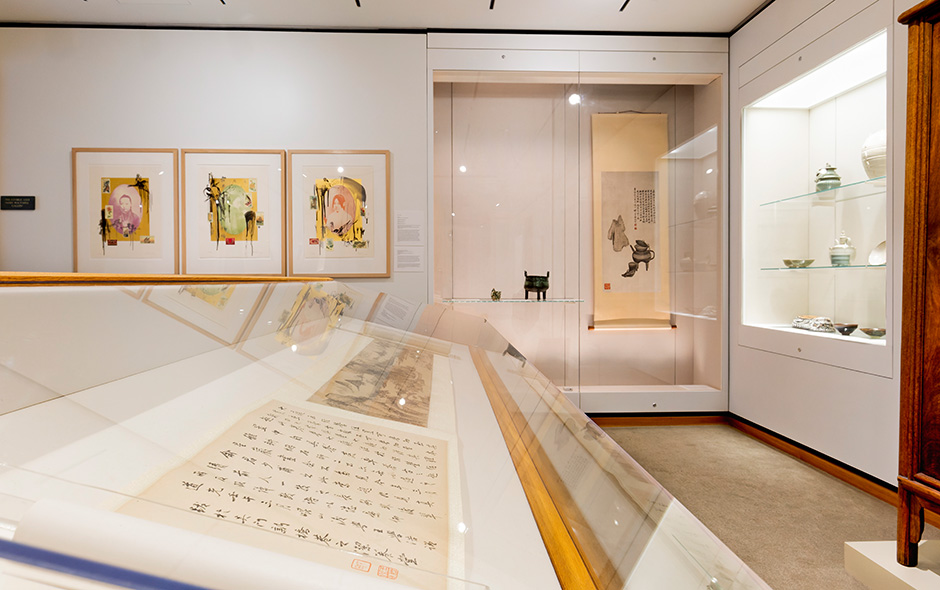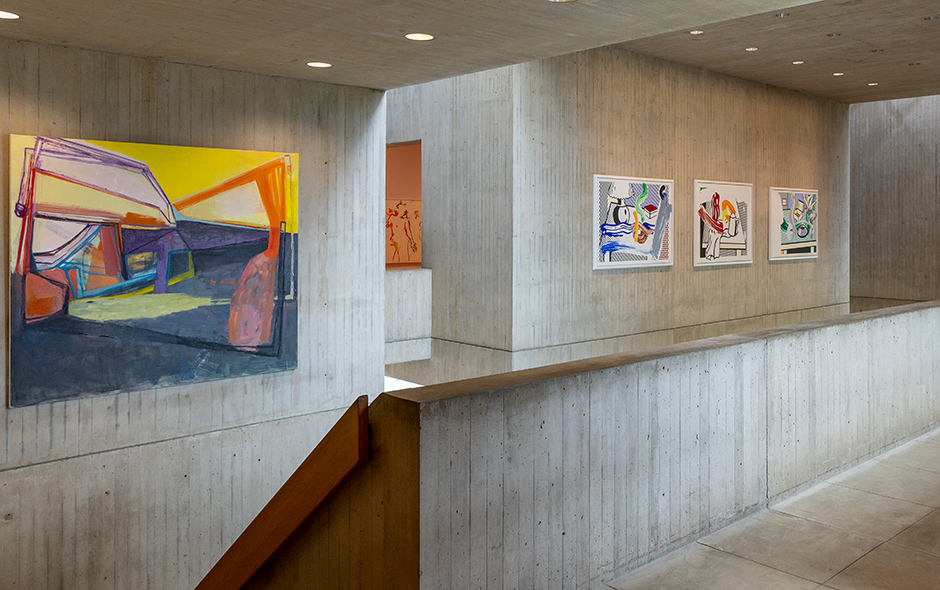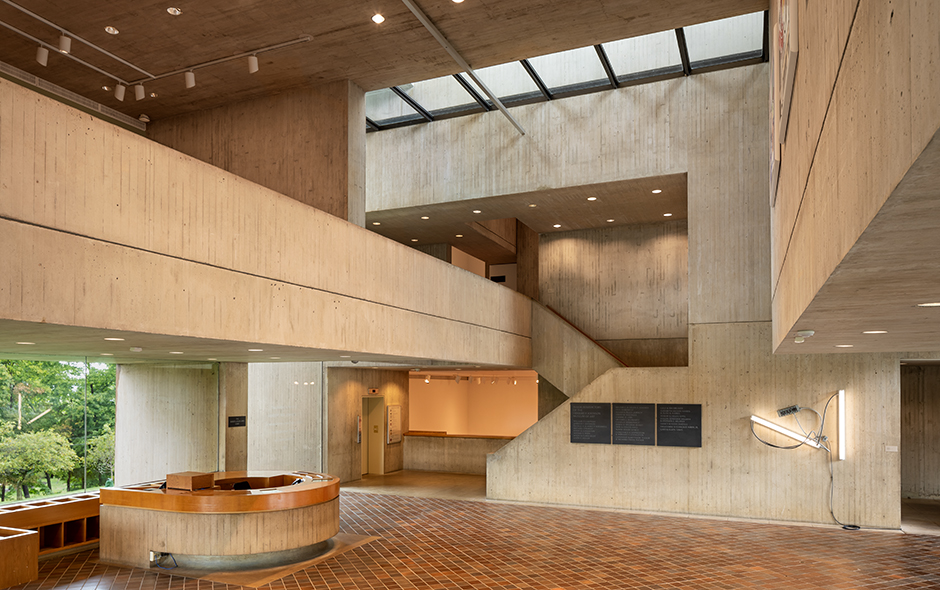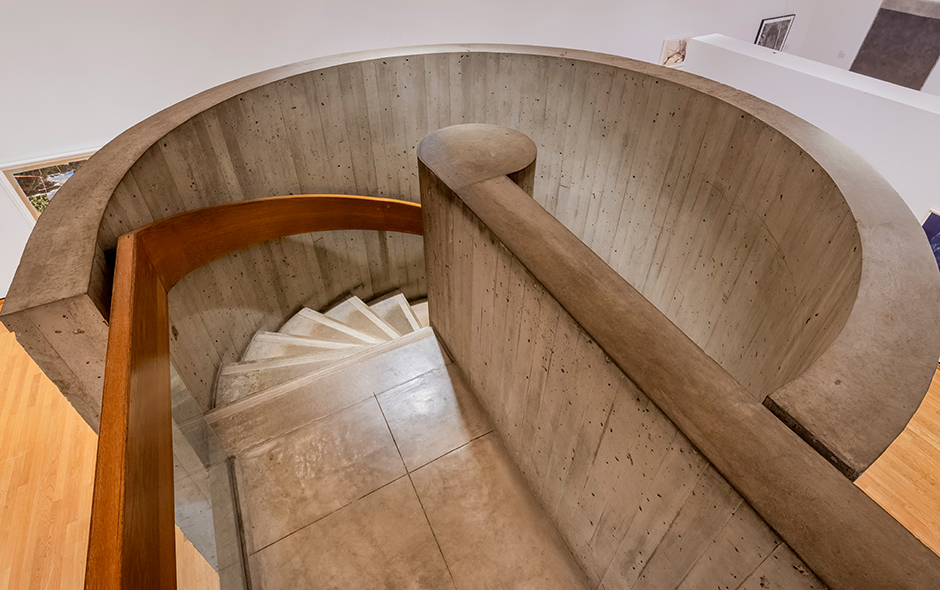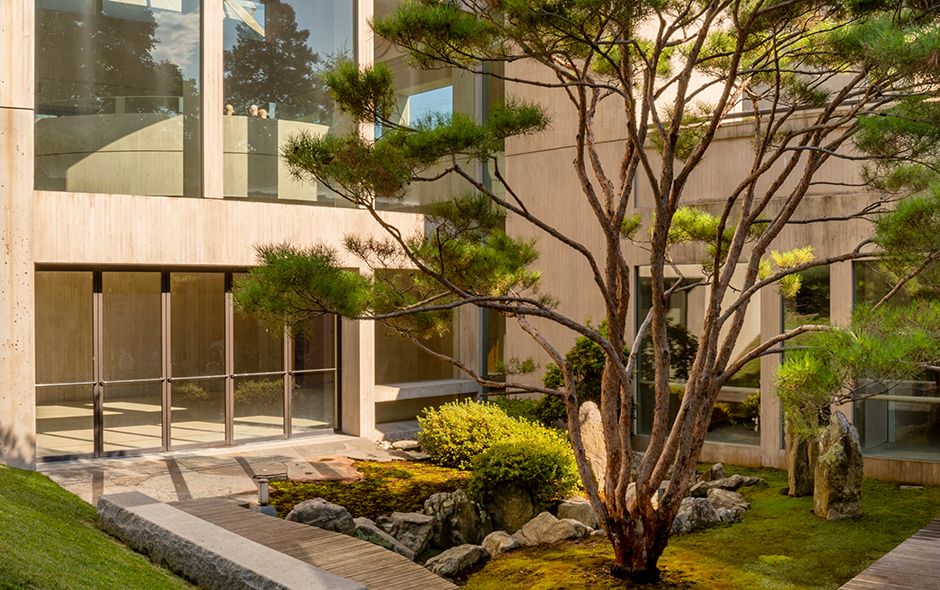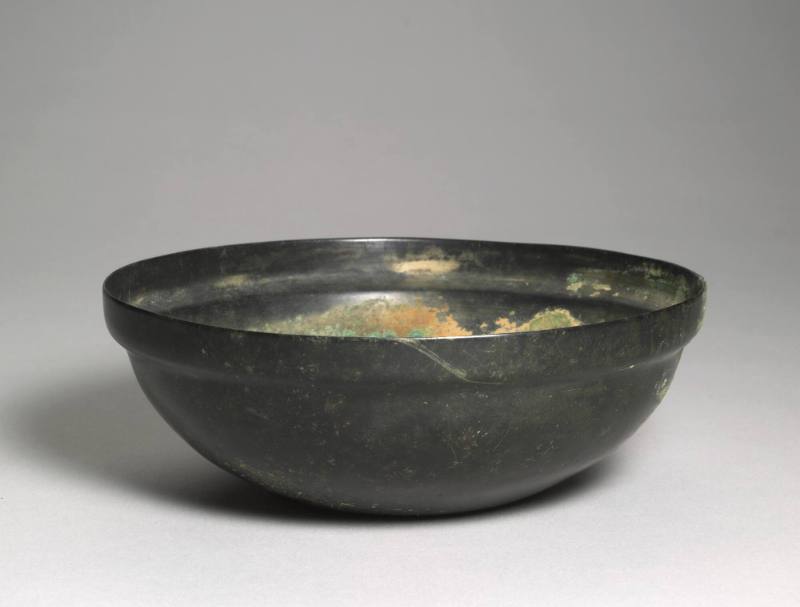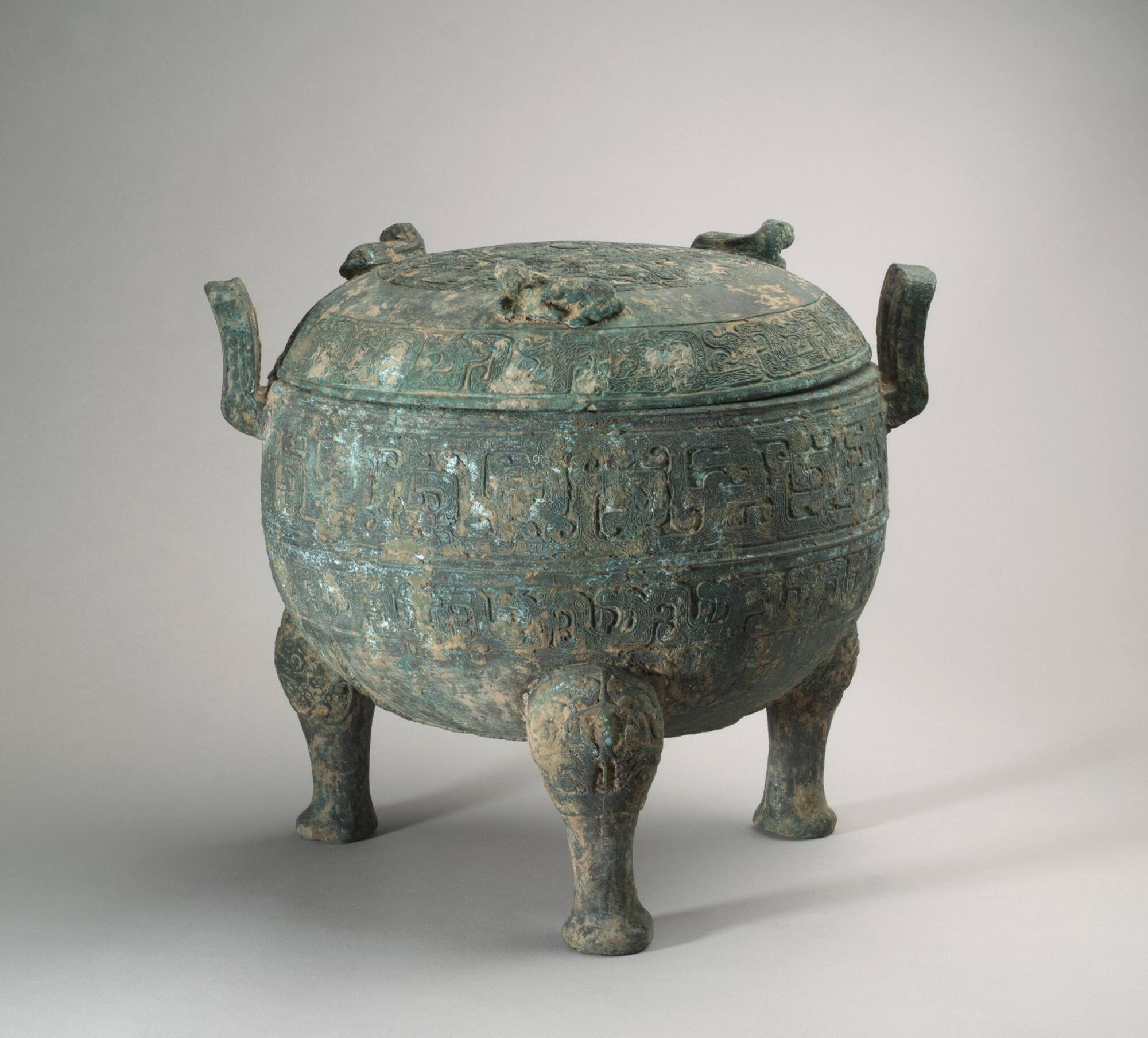
Object Details
Culture
China
Warring States period
Date
5th century BCE
Medium
Bronze
Dimensions
12 5/8 × 14 3/8 × 12 3/16 inches (32 × 36.5 × 31 cm)
Credit Line
Gift of Dr. Jerry Silver and Karen Silver
Object
Number
2000.164.001
BRIEF DESCRIPTIONThis is a covered bronze cooking vessel with elaborate decorations and inscriptions(…)
BRIEF DESCRIPTIONThis is a covered bronze cooking vessel with elaborate decorations and inscriptions.WHERE WAS IT MADE?This vessel was made in China during the reign of the Zhou dynasty (ca. 1100-221 BC). The Zhou dynasty had several eras. The Western Zhou (ca. 1100-771) was followed by the Eastern Zhou (ca. 770-256). The Eastern Zhou was further divided into the Spring and Autumn Period (770-476) and the Warring States Period (476-221).HOW WAS IT MADE?This ding is made of bronze, an alloy of copper and tin that may also contain a minute amount of lead. During the Zhou dynasty, bronzes continued to be cast according to the “piece-mold” method, using a clay mold. In this method, a model of the vessel is made of clay, incised with decorative marks, and allowed to dry. Additional clay is then packed around this form, allowed to dry, then removed and fired. The mold is assembled and must include a core (also of clay) slightly smaller than the mold so that the final vessel will be hollow. Molten bronze is poured into the space between the mold and the core and once it has cooled and hardened, the outer mold is removed and the core is broken out.HOW WAS IT USED?A ding is a food cooking vessel that emerged in the Xia dynasty (ca. 2100-ca. 1600 BC). Handles assist in removing it from the fire. A ding may have three or four legs, and may be rounded or square. By the early Zhou dynasty, the ding and the gui were the principal food vessels.During the Warring States Period, when this ding was made, bronzes were increasingly produced for daily use and recording accomplishments, and used less for ritual ancestor worship. Decoration became primarily ornamental rather than symbolic.WHY DOES IT LOOK LIKE THIS?Inscriptions on the ding record events and accomplishments, in addition to individual and clan names. Such records made the vessels ideal family documents and heirlooms.Notice the many interlaced dragons that circle the vessel in bands. As one of China’s most complex and ubiquitous symbols, the dragon (“long”) combines mythological and cosmological ideas. The fifth animal in the Chinese zodiac, it is associated with luck, fertility, the direction East, sunrise, and spring rains. It is generally depicted with a scaly, serpentine body, four legs, and antler-like horns. Beginning in the Han dynasty (206 BC-AD 220) the dragon was the symbol of the Emperor, the Son of Heaven, while the phoenix symbolized the Empress, and by extension, both animals together came to symbolize marriage. To see a Han dynasty mirror in the museum’s collection with a dragon and phoenix design, search for object number 2003.011.002 in the keyword search box. The Emperor’s robe was adorned with a five-clawed dragon; four claws indicated a prince; three or fewer indicated an official. Look at the three feet of the ding; they are decorated with geometric and zoomorphic motifs.To see another bronze ding vessel in the Johnson Museum’s collection, search for object number 84.076 in the keyword search box.



